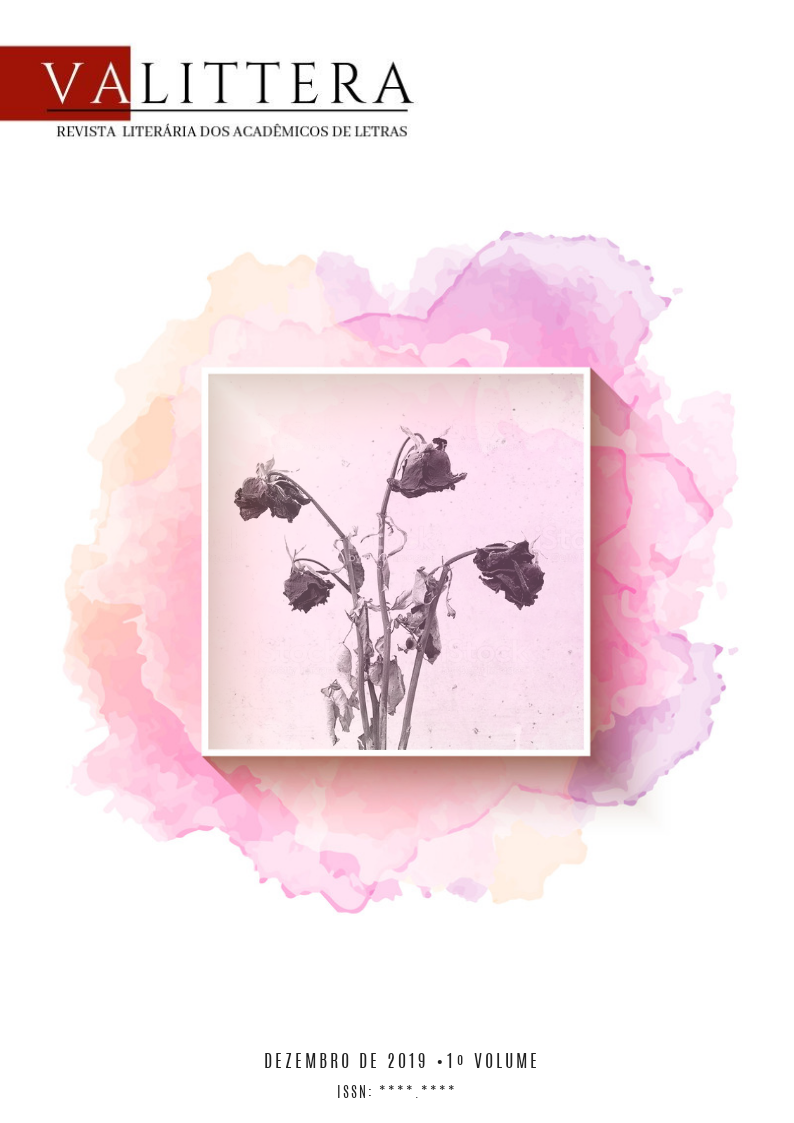The Making of Travel Literature in Brazil: Illustrations of Monsters and Monstrosities
Palavras-chave:
cannibalism, monsters, monstrosities, travel diaries, Brazil.Resumo
ABSTRACT: This article engages with a series of discussions surrounding the making of the colonial experience in the New World through the lenses of Hans Staden and Jean de Léry. The vast inclusion of illustrations in their diaries differs in how sociocultural traits, religious practices, as well as the physical representation of Tupinambás were constructed. Therefore, this communication will be divided into two distinct parts. The first one will deal with Hans Staden’s Duas Viagens ao Brasil and the depiction of his trips as an officer for both Spanish and Portuguese empires. From his commentaries and illustrations about women, and cannibal tribes in Northeastern Brazil, I want to identify what motivates a simplistic, while rich in symbols, illustration of Brazil in the logic of a German traveler. The second part will approach Jean de Léry’s Viagem à Terra do Brasilwithin the French written framework, and his perspective of life in colonial Brazilian lands. Here, the artistic renaissance characteristics are undoubtedly visible in the muscular bodies, and in the nature Léry urges to portray. At this point, some questions are raised: What makes Staden’s and Léry’s diaries so distinctive if they were contemporaries? Does the political relationship among Portuguese, French, and Tupinambás speak through the drawings? In other words, how can both narratives’ pictures be so aesthetically different if they were edited and published in Europe around the same time? These are some of the questions that motivate the crafting of this article.
KEYWORDS: cannibalism; monsters; monstrosities; travel diaries; Brazil.
Referências
BOSI, Alfredo. História concisa da literatura brasileira. São Paulo: Cultrix, 1972.
CAMINHA, Pêro Vaz de. A carta de Pêro Vaz de Caminha. Brasil: Ministério da Cultura.
DUFFY, M. Eve, METCALF, C. Alida. The Return of Hans Staden: A Go-between in the Atlantic World. Baltimore: Johns Hopkins University Press, 2011.
LÉRY, D. Jean. Viagem à Terra do Brasil. São Paulo: Editora Itatiaia, 1980.
PUGA, M. Rogério. “‘Amansar’ o selvagem edénico: a retórica do achamento do Brasil na
Carta de Pêro Vaz de Caminha”. Romance Studies 30.2 (2012): 75-84
RoOUNTREE, Liz. Mapping the Protestant Experience on Human Flesh Imagery in Jean de Léry’s Histoire d’un voyage fait en la terre du Brésil. Stanford University Journal, Spring 2005.
STADEN, Hans. “In” ca. 1525-ca. 1576, Neil L. Whitehead, and Michael Harbsmeier 1951. Hans Staden's True History: An Account of Cannibal Captivity in Brazil. Durham: Duke University Press, 2008.
Downloads
Publicado
Como Citar
Edição
Seção
Licença
DECLARAÇÃO DE ORIGINALIDADE E EXCLUSIVIDADE E CESSÃO DE DIREITOS AUTORAIS
Declaro que o presente artigo é original e não foi submetido à publicação em qualquer outro periódico nacional ou internacional, quer seja em parte ou na íntegra. Declaro, ainda, que após publicado pela VaLittera, ele jamais será submetido a outro periódico. Também tenho ciência que a submissão dos originais à VaLittera - Revista Literária dos Acadêmicos de Letras implica transferência dos direitos autorais da publicação digital. A não observância desse compromisso submeterá o infrator a sanções e penas previstas na Lei de Proteção de Direitos Autorais (nº 9610, de 19/02/98).


